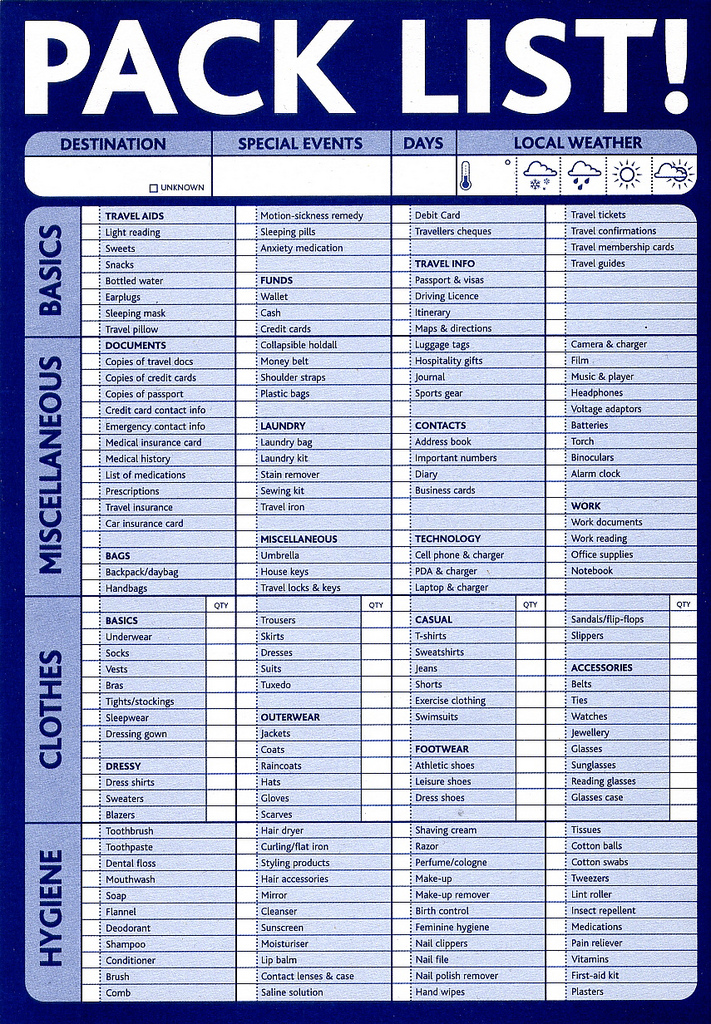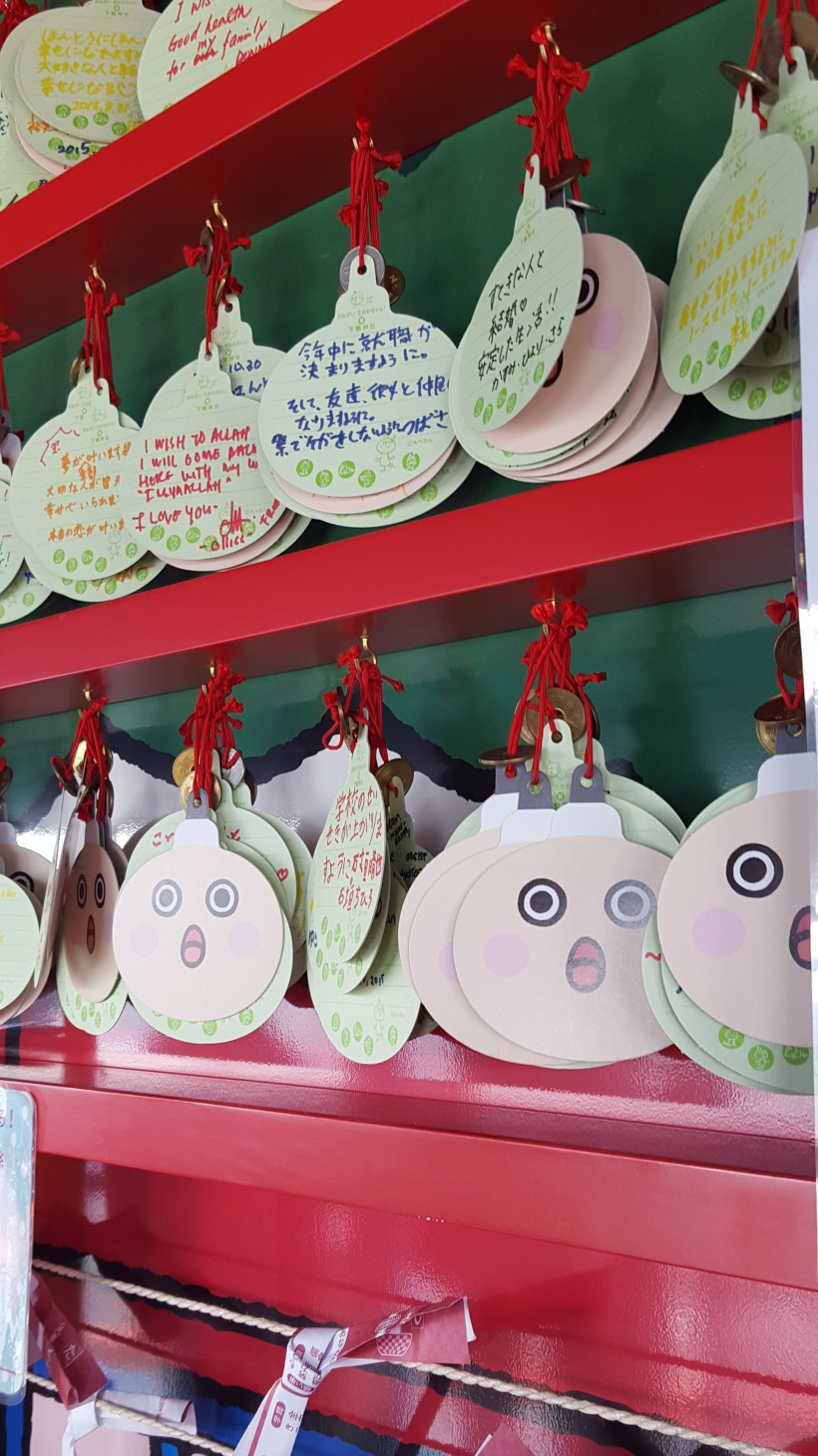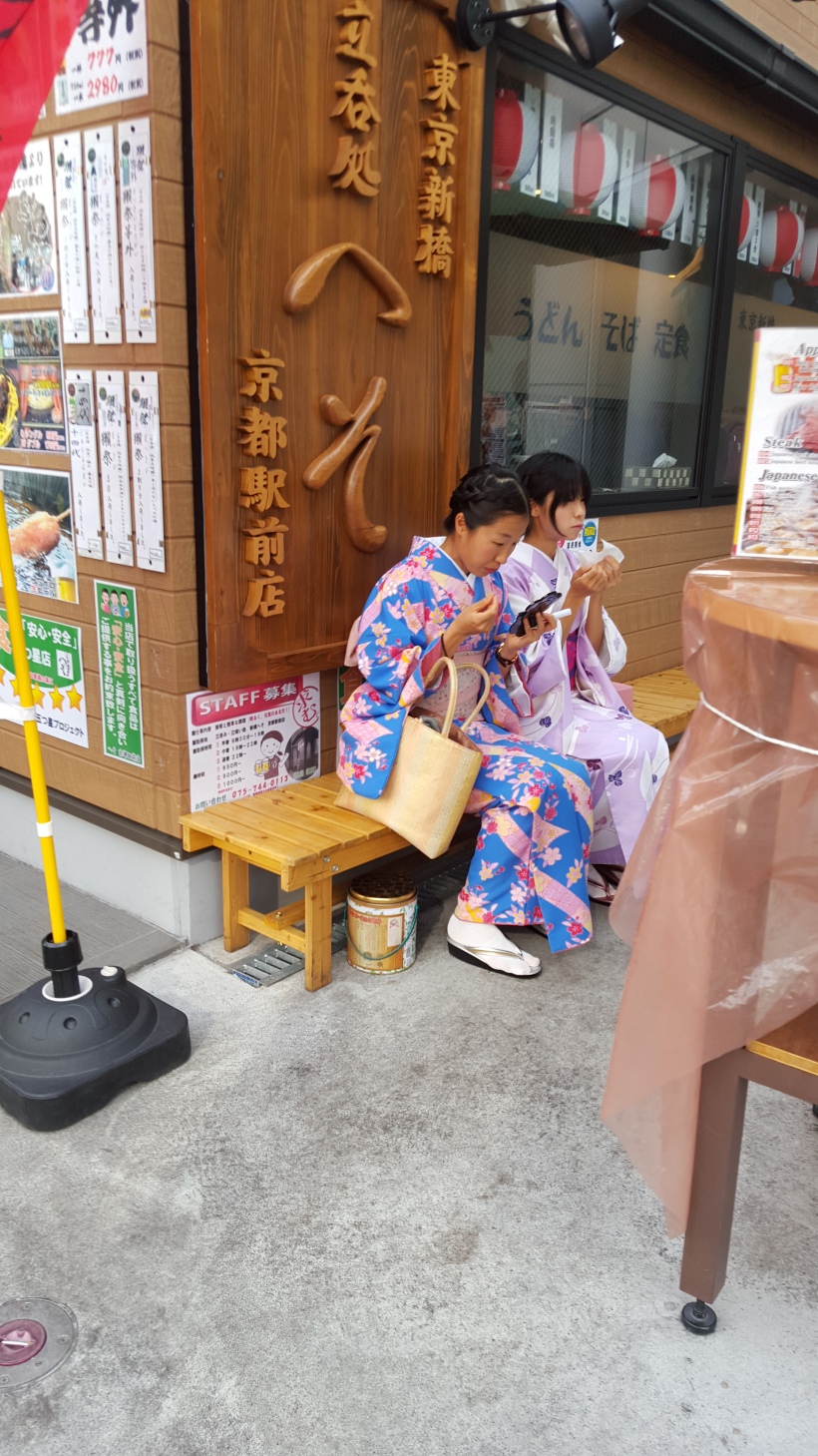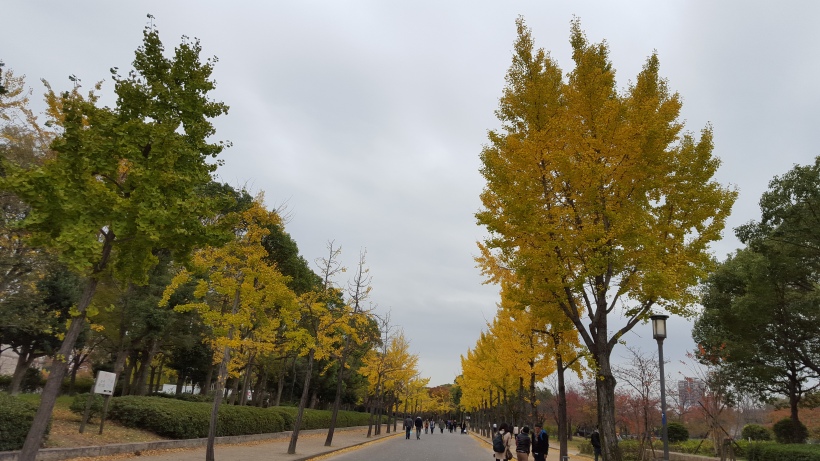![20151122_113920[1]](https://omnimademoiselle.wordpress.com/wp-content/uploads/2015/12/20151122_1139201.jpg?w=820)
Here are the details of the trip itinerary that I created for our Kansai, Japan trip. It may seem extensive but I like putting in as much information I can get.
Travel dates: Nov. 21 – 28, 2015
Temperature ranges: 5 – 15 degree Celcius
Day 1 (Nov 21): MNL to KIX
Day 2 (Nov 22):
Nara
Get There and Around
Todaiji is located in the northern part of Nara Park. It is about a 30 minute walk from Kintetsu Nara Station, or about a 45 minute walk from JR Nara Station. It can also be reached by bus from either station. Get off at Todaiji Daibutsuden from where it is a 5-10 minute walk to Todaiji’s main building.
Hours and Fees
Daibutsuden Hall
Hours 8:00 to 16:30 (November to February)
8:00 to 17:00 (March)
7:30 to 17:30 (April to September)
7:30 to 17:00 (October)
Closed No closing days
Fees 500 yen
Todaiji Museum
Hours 9:30 to closing time of Daibutsuden Hall (admission ends 30 minutes before closing)
Closed Between exhibitions
Fees 500 yen (museum only), 800 yen (museum and Daibutsuden Hall)
Get There and Around
Horyuji is located about 12 kilometers outside of central Nara.
Other places to see:
- Omizutori
- Isuien Garden
- Nara Park
- Kasuga Taisha
- Toshadaiji Temple
- Wakakusa Yamayaki
- Yakushiji Temple
- Shin-Yakushiji
- Heijo Palace
- National Museum
- Kofukuji Temple
- Yoshikien Garden
- Naramachi
- Wakakusayama
![20151122_114516[1]](https://omnimademoiselle.wordpress.com/wp-content/uploads/2015/12/20151122_1145161.jpg?w=820)
How to travel between Nara and Kyoto:
Two railway companies, JR and Kintetsu, provide train connections between Kyoto and Nara:
By Japan Railways (JR)
Direct, 45 minutes, 710 yen one way, two connections per hour.
Miyakoji rapid trains operate every 30 minutes between Kyoto Station and JR Nara Station. The one way trip takes 45 minutes, costs 710 yen and is covered by the Japan Rail Pass. For the same fare, the trip could also be made by twice-hourly local trains in 75 minutes.
By Kintetsu Railways
0-1 transfers, 35-45 minutes, 620-1130 yen one way, multiple connections per hour.
Twice-hourly limited express trains take about 35 minutes and cost 1130 yen for the one way trip from Kyoto Station to Kintetsu Nara Station. Alternatively, there are hourly direct express trains that take 45 minutes and cost 620 yen one way. There are additional connections by express trains if you do not mind transferring once at Yamato-Saidaiji Station. The Japan Rail Pass is not valid on Kintetsu trains.
Above fees and schedules are subject to change. For the current yen exchange rate, click here.
- Nanzenin Temple – http://www.japan-guide.com/e/e3905.html
- Nanzenji’s central temple grounds are open to the public free of charge, but separate fees apply for entering temple buildings and subtemples.
- Konchi-in Temple
- Tenjuan Temple
Get There and Around
Nanzenji is a 5-10 minute walk from the nearest subway station, Keage Station on the Tozai Line (about 20 minutes, 260 yen from Kyoto Station by subway via Karasuma-Oike Station), or a 5-10 minute walk from the nearest bus stop, Nanzenji-Eikando-michi bus stop (35 minutes, 230 yen from Kyoto Station by Kyoto City Bus number 5).
Nanzenji is also located only a short walk from the southern end of the Philosopher’s Path, while Ginkakuji Temple is at the northern end.
Hours and Fees
Hours 8:40 to 17:00 (until 16:30 from December to February)
Admission ends 20 minutes before closing time.
Closed December 28 to 31
Fees 500 yen
Hours 8:40 to 17:00 (until 16:30 from December to February)
Admission ends 20 minutes before closing time.
Closed December 28 to 31
Fees 500 yen
Hours 8:40 to 17:00 (until 16:30 from December to February)
Admission ends 20 minutes before closing time.
Closed December 28 to 31
Fees 300 yen
Hours 8:30 to 17:00 (entry until 16:30 from December to February)
Closed No closing days
Fees 400 yen
Hours 9:00 to 17:00 (until 16:30 during winter)
Special evening hours during the autumn illumination
November 11 and 12 have limited opening hours
Closed No closing days
Fees 400 yen (500 yen during the evening illumination)
![20151122_140505[1]](https://omnimademoiselle.wordpress.com/wp-content/uploads/2015/12/20151122_1405051.jpg?w=820)
Day 3 (Nov 23) KYOTO:
Tofukuji Temple – http://www.japan-guide.com/e/e3930.html
Get There and Around
Tofukuji is a ten minute walk from Tofukuji Station on the JR Nara Line (2 minutes, 140 yen from Kyoto Station) and the Keihan Main Line. Alternatively, the temple is a ten minute walk from Tofukuji bus stop (15 minutes, 230 yen from Kyoto Station by Kyoto City Bus 208).
Hours and Fees
Hours 9:00 to 16:30 (April to October)
8:30 to 16:30 (November to early December)
9:00 to 16:00 (early December to March)
Admission ends 30 minutes before closing time.
Closed No closing days
Fees 400 yen (Tsutenkyo Bridge and Kaisando Hall), 400 yen (Hojo and gardens)
Fushimi Inari Shrine – http://www.japan-guide.com/e/e3915.html
Get There and Around
Fushimi Inari Shrine is located just outside JR Inari Station, the second station from Kyoto Station along the JR Nara Line (5 minutes, 140 yen one way from Kyoto Station, not served by rapid trains). The shrine can also be reached in a short walk from Fushimi Inari Station along the Keihan Main Line.
Hours and Fees
Hours Always open
Closed No closing days
Fees Free
Southern Higashiyama
Kiyomizudera Temple – http://www.japan-guide.com/e/e3901.html
Get There and Around
Kiyomizudera can be reached from Kyoto Station by bus number 100 or 206 (15 minutes, 230 yen). Get off at Gojo-zaka or Kiyomizu-michi bus stop, from where it is a ten minute uphill walk to the temple. Alternatively, Kiyomizudera is about a 20 minute walk from Kiyomizu-Gojo Station along the Keihan Railway Line.
Hours and Fees
Kiyomizudera Temple
Hours 6:00 to 18:00
Closed No closing days
Fees 300 yen
Spring and Fall Illumination
Hours 18:30 to 21:30 (mid March to mid April and mid November to early December)
Fees 400 yen
Kiyomizudera (1 hour)
Start at Kiyomizudera Temple. Go early in the day, if possible, as it tends to be less crowded in the mornings.
- Higashiyama District (1 hour) – Upon exiting Kiyomizudera, walk down the temple approach while exploring the shops along the way. Turn right just before the fork in the road and head down the Sannenzaka stairs onto the somewhat quieter shopping streets below. Continue past the Ninenzaka steps to reach Kodaiji.
- Kodaiji (45 minutes) – Explore Kodaiji and surroundings.
Hours: 9:00 to 17:30
Closed: No closing days
Fee: 600 yen
Kodaiji Temple was constructed in 1605 in memory of Toyotomi Hideyoshi by the great political leader’s wife. It features temple halls, gravel and landscape gardens, teahouses and a bamboo grove.
Hours: 10:00 to 16:00
Closed: No closing days
Fee: 400 yen
Yasaka Pagoda, the last remnant of Hokanji Temple, is one of the most visible and recognizable landmarks in the Higashiyama District. Visitors may climb up the inside of the five story pagoda, which is a rare opportunity as most pagoda can only be viewed from the outside.
- Yasaka Shrine (more details)
Hours: Always open
Closed: No closing days
Fee: Free
Yasaka Shrine, host to the Gion Matsuri, is one of Kyoto’s most popular shrines and is located at the eastern end of Shijo-dori next to Maruyama Park. The shrine’s hanging lanterns are lit every night after dark.
- Maruyama Park (more details)
Hours: Always open
Closed: No closing days
Fee: Free
Maruyama Park is a public park next to Yasaka Shrine. During the first half of April, when the cherry trees are in full bloom, Maruyama Park becomes Kyoto’s most popular and most crowded spot for cherry blossom viewing.
![20151122_140655[1].jpg](https://omnimademoiselle.wordpress.com/wp-content/uploads/2015/12/20151122_1406551.jpg?w=820)
Day 4 – 6 (Nov 24 – 26) OSAKA : Universal Studios Japan (1st option) – http://www.japan-guide.com/e/e4021.html
Get There and Around
By train
The entrance gate of the Universal Studios Japan is located a five minute walk from Universal City Station on the JR Yumesaki Line (also referred to as JR Sakurajima Line). From Osaka Station, there are several direct trains per hour (15 minutes, 180 yen) and many more connections that require an easy transfer at Nishikujo Station. From Kansai Airport, take a JR airport rapid to Nishikujo Station and transfer to the JR Yumesaki Line to Universal City Station (75 minutes, 1190 yen).
By bus
Universal Studios Japan is connected by bus to Kansai Airport (35-75 minutes, 1550 yen, about 1 bus/hour) and Itami Airport (45 minutes, 930 yen, about 1 bus/hour). Some overnight buses from other cities across Japan also stop at the Universal Studios Japan.
By ferry
A ferry service named “Captain Line” connects the Universal Studios Japan with the Osaka Aquarium (10 minutes, 700 yen one way, 1300 yen roundtrip, 1-2 ferries per hour). A combination ticket for the aquarium and the ferry ride can be purchased for 2700 yen (one way) or 3300 yen (roundtrip).
Hours and Fees
Hours: Varying hours, typically from 10:00 to 18:00 during low season and from 9:00 to 21:00 during peak season. Please refer to the park’s official website.
Closed: No closing days
Admission: 6,980 yen (12-64 years old)
4,880 yen (4-11 years old)
6,270 yen (65 years or older)
Passes include unlimited rides and can be bought at the gate or at JR ticket counters, Lawson convenience stores, selected travel agencies and partner hotels.
Express Passes, that allow holders to skip lines for selected rides, are available for four rides (3,290 yen) or seven rides (5,040 yen) on the day of the visit at the entrance gate and inside the park. Express Passes may sell out on busy days.
Day 4 – 6 (Nov 24 – 26) OSAKA :
Minami (Namba) – http://www.japan-guide.com/e/e4001.html
Get There and Around
The Minami area is centered around Namba Station and the Osaka City Air Terminal (OCAT) and is served by multiple train and subway routes as well as buses.
Namba Station is not a single station, but rather a collection of multiple station buildings and platforms, including Nankai Namba Station, JR Namba Station and Kintetsu’s Osaka Namba Station. Furthermore, the Midosuji, Yotsubashi and Sennichimae Subway Lines stop at their respective Namba Stations.
Most airport and highway buses serve the Osaka City Air Terminal (OCAT), which is located in the same building as JR Namba Station.
From Shin-Osaka and Osaka Stations:
The Midosuji Subway line connects Shin-Osaka and Osaka/Umeda Stations directly to Namba Station. It takes approximately 8 minutes and 240 yen from Osaka/Umeda Station and 15 minutes and 280 yen from Shin-Osaka Station.
From Kansai Airport:
By train:
Nankai Railways operates direct trains between Kansai Airport and Nankai Namba Station. Express trains take around 45 minutes and cost 920 yen (non-reserved seats only), while limited express trains (“Rap:t”) take around 35 minutes and cost 1430 yen (reserved seats only).
It is also possible to travel by JR, but it requires a transfer at Tennoji Station along the way. The whole trip takes approximately one hour and costs 1060 yen, using the JR Airport Rapid.
By bus:
Buses run from Kansai Airport to the Osaka City Air Terminal (OCAT) approximately every 30 minutes. Tickets can be purchased at the airport limousine bus counter and cost 1000 yen. Travel time is about 50 minutes.
![20151122_140705[1]](https://omnimademoiselle.wordpress.com/wp-content/uploads/2015/12/20151122_1407051.jpg?w=820)
Osaka Castle (Osakajo) – http://www.japan-guide.com/e/e4000.html
Get There and Around
The recommended approach to Osaka Castle is through Otemon Gate at the park’s southwestern corner. The closest station is Tanimachi 4-chrome Station along the Tanimachi Subway Line and Chuo Subway Line.
The closest JR station to Osaka Castle is Osakajokoen Station on the JR Loop Line, a 10 minute, 160 yen ride from JR Osaka Station.
Hours and Fees
Castle Tower
Hours 9:00 to 17:00 (entrance until 16:30)
Extended hours during various holidays and special exhibitions
Closed December 28 to January 1
Fees 600 yen
Nishinomaru Garden
Hours 9:00 to 17:00 (until 16:30 from November through February)
Open until 20:00 during the cherry blossom season.
Closed Mondays (or following day if Monday is a national holiday), New Year holidays
Fees 200 yen (500 yen during the extended hours of the cherry blossom season)
Sumiyoshi Taisha – http://www.japan-guide.com/e/e4007.html
Get There and Around
Sumiyoshi Taisha is located in southern Osaka, a few steps from Sumiyoshi Taisha Station on the Nankai Main Line. From Nankai Namba Station, the one way ride costs 210 yen and takes less than ten minutes by local trains. Note that faster train categories do not stop at Sumiyoshi Taisha Station.
Sumiyoshi Taisha can also be reached by the Hankai Tramway from Tennoji. Alight at Sumiyoshitoriimae or Sumiyoshikoen Station (15 minutes, 210 yen one way from Tennojiekimae), which are a few steps from the shrine.
Hours and Fees
Hours 6:00 to 17:00 (from 6:30 from October through March)
Closed No closing days
Fees Free
Shitennoji Temple – http://www.japan-guide.com/e/e4011.html
Get There and Around
Shitennoji is a short walk from Shitennoji-mae-Yuhigaoka Station on the Tanimachi Subway Line. Alternatively, it can be reached in a ten minute walk north of JR Tennoji Station on the JR Loop Line.
Hours and Fees
The outer temple grounds are free to enter, but admission to the inner precinct, the Gokuraku-jodo Garden and the treasure house is paid. In the pebble covered courtyard of the inner precinct stand a five-storied pagoda that can be entered and ascended and the Main Hall (Kondo) in which Prince Shotoku is enshrined as a statue of Kannon.
Inner precinct
Hours 8:30 to 16:30 (until 16:00 from October through March)
Closed No closing days
Fees 300 yen
Gokuraku-jodo Garden
Hours 8:30 to 16:30 (until 16:00 from October through March)
Admission ends 30 minutes before closing time.
Closed Frequent closures, particularly during the first ten days of many months.
Fees 300 yen
Treasure House
Hours 8:30 to 16:30 (until 16:00 from October through March)
Closed Long closures between exhibitions
Fees 500 yen






![20151122_114104[1]](https://omnimademoiselle.wordpress.com/wp-content/uploads/2015/12/20151122_1141041.jpg?w=820)

![20151122_113920[1]](https://omnimademoiselle.wordpress.com/wp-content/uploads/2015/12/20151122_1139201.jpg?w=820)
![20151122_114516[1]](https://omnimademoiselle.wordpress.com/wp-content/uploads/2015/12/20151122_1145161.jpg?w=820)
![20151122_140505[1]](https://omnimademoiselle.wordpress.com/wp-content/uploads/2015/12/20151122_1405051.jpg?w=820)
![20151122_140655[1].jpg](https://omnimademoiselle.wordpress.com/wp-content/uploads/2015/12/20151122_1406551.jpg?w=820)
![20151122_140705[1]](https://omnimademoiselle.wordpress.com/wp-content/uploads/2015/12/20151122_1407051.jpg?w=820)

![img1448160727752[1]](https://omnimademoiselle.wordpress.com/wp-content/uploads/2015/12/img14481607277521.jpg?w=820)
![img1448166116394[1]](https://omnimademoiselle.wordpress.com/wp-content/uploads/2015/12/img14481661163941.jpg?w=820)

![20151122_140340[1]](https://omnimademoiselle.wordpress.com/wp-content/uploads/2015/12/20151122_1403401.jpg?w=820)